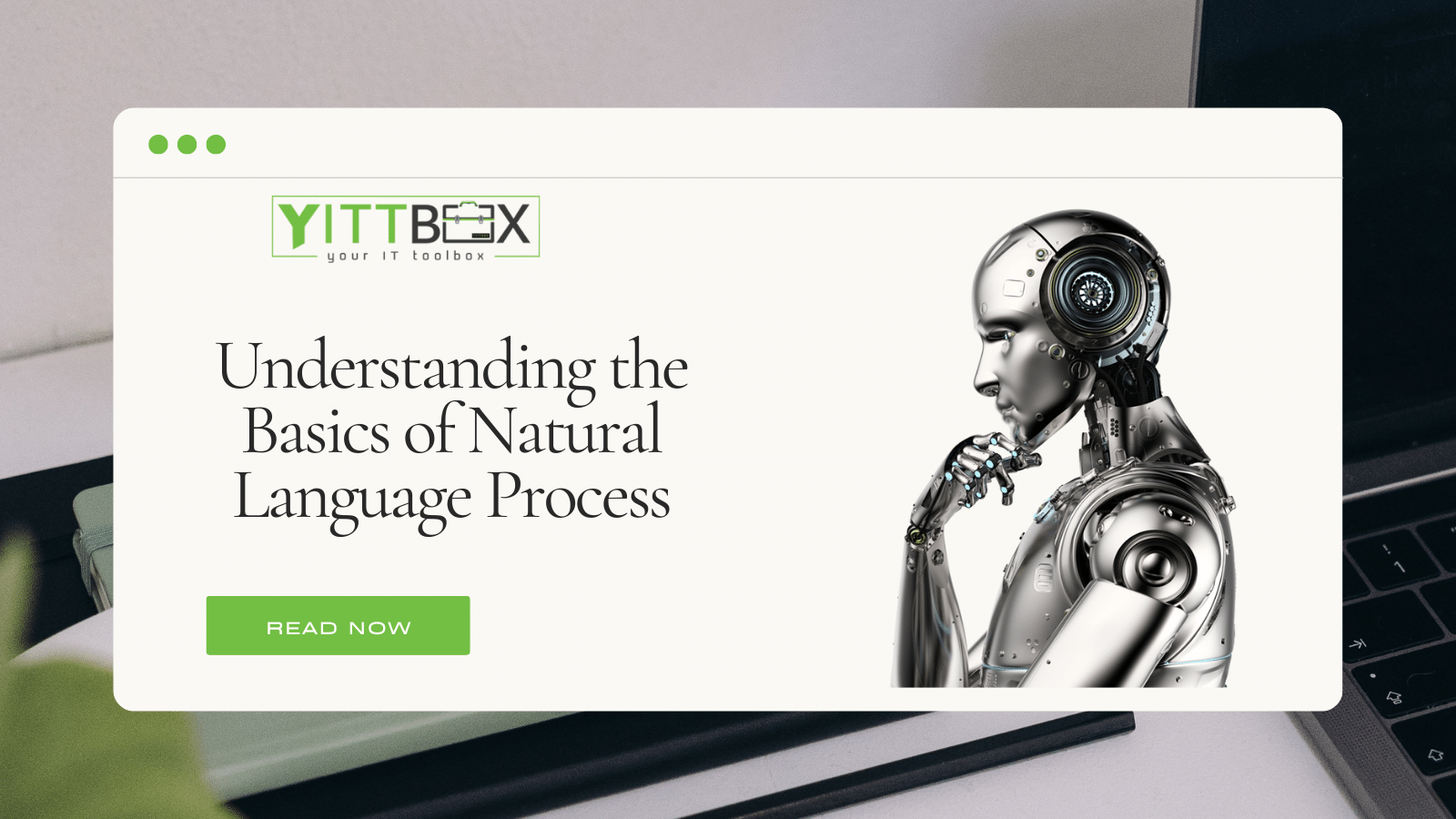Everyone who had to sit through hours of a foreign language class or did self-study knows how difficult it is to learn a new language. It involves a lot of processes and even unique methods of memorization to learn the basics of a new tongue. The same goes for computers. Yes, computers can understand and generate human language now. Thanks to the technology that is natural language processing (NLP), it is now possible to make a sensible conversation with a computer.
What is NLP?
Natural language processing is a technology and a subfield in computer science and AI that focuses on training computers to interpret, understand and generate human language. The goal is to make computers smart so they can carry on conversations as humans do.
How do computers learn a language?
Natural language processing is a complex system that can be understood by breaking it down into smaller processes and components. In order to make a computer smart and understand human language, it has to process (this means to learn and understand) text.
One of the ways computers learn a language is through tokenization. This is the process of breaking down a long piece of text (e.g. a sentence or a paragraph) into smaller parts called tokens. Tokens could be phrases, words, and even symbols.
A common method to split text into tokens is by separating them using white space. “I love you,” for example could be broken down into three tokens: “I,” “love,” and “you.”
Another method that plays a huge part in making computers understand how a language works are part-of-speech tagging. In this process, tokens are categorized according to the role they play in a sentence. In the above example, “I” is a pronoun, “love” is a verb, and “you” is another pronoun.
Named entity recognition is the process of identifying entities in a sentence. In the sentence, “South Korea is a cool country,” “South Korea” is recognized as a country.
Sentiment analysis is a bit more complicated than the other tagging processes. This method incorporates an understanding of emotions to analyze the sentiment expressed in a string of text. “This cat is cute,” is tagged as a positive text, or even one that expresses adoration.
These are just some of the methods used to “teach” computers a language, but what is even more amazing is the range of practical uses where NLP is employed.
What are the uses of NLP?
You have been interacting with a lot of NLP products and you may not be aware. When you type an unfinished query into a Google search bar, Google will finish it for you and offer some suggestions. When you try to overcome language barriers. Google Translate comes in handy. And when you babble about an incoherent command, Alexa or Siri tries to make sense of the command and help you with it. All of these are just some of the cool applications of NLP.
Tech has come this far, and while nothing is sure yet about the future of computers and the Internet, given the rate everything is progressing, everybody is in for an amazing adventure in the coming years.







